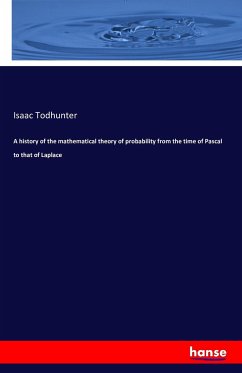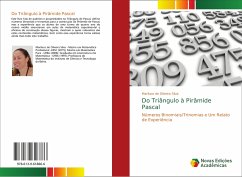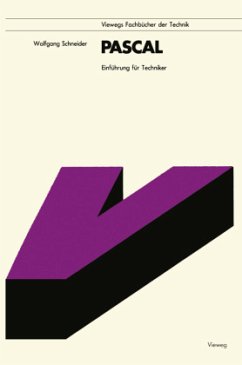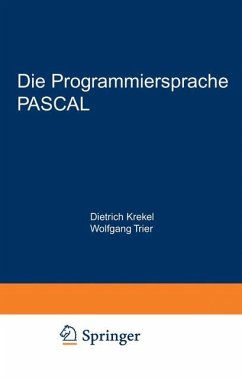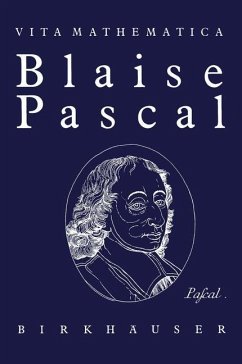
Pascal Matrix
Versandkostenfrei!
Versandfertig in 6-10 Tagen
23,99 €
inkl. MwSt.

PAYBACK Punkte
12 °P sammeln!
High Quality Content by WIKIPEDIA articles! In mathematics, particularly matrix theory and combinatorics, the Pascal matrix is an infinite matrix containing the binomial coefficients as its elements. There are 3 ways this can be achieved - either as an upper-triangular matrix, a lower-triangular matrix, or as a symmetric matrix. An item in a matrix is called an entry or an element. Entries are often denoted by a variable with two subscripts, as shown on the right. Matrices of the same size can be added and subtracted entrywise and matrices of compatible size can be multiplied. These operations...
High Quality Content by WIKIPEDIA articles! In mathematics, particularly matrix theory and combinatorics, the Pascal matrix is an infinite matrix containing the binomial coefficients as its elements. There are 3 ways this can be achieved - either as an upper-triangular matrix, a lower-triangular matrix, or as a symmetric matrix. An item in a matrix is called an entry or an element. Entries are often denoted by a variable with two subscripts, as shown on the right. Matrices of the same size can be added and subtracted entrywise and matrices of compatible size can be multiplied. These operations have many of the properties of ordinary arithmetic, except that matrix multiplication is not commutative, that is, AB and BA are not equal in general. Matrices consisting of only one column or row are called vectors, while higher-dimensional, e.g. three-dimensional, arrays of numbers are called tensors. Matrices with entries in other fields or rings are also studied.



